For this review we built up a brand new test bench for the most accurate testing we could do on X99. For details see the following posts – CPU Block Testing Methodology & CPU Block Testing Part 2. Now at this point it should be mentioned that 75% of the way through testing that the motherboard was fried. After 2 sets of 3 mounts of a block, the blocks gets opened for cleaning and resealed. An unnamed block had a slightly damaged o-ring from the resealing that leaked. Of course this was my fault for not leak testing before powering on. Sometimes I do things so many times that I get cocky and cut corners to save time. But cutting corners will eventually bite you. Therefore some of the blocks (marked with asterisks) only had 3 mounts of each orientation vs the desired 6 mounts of each orientation.
Just to recap on orientation – we call a block mounted using a “regular” orientation when the manufacturer’s logo is horizontal in a normal tower case:
“Goofy” on the otherhand is when the logo is rotated 90 degrees:
So let’s first take a look at the average results of all the blocks tested in both orientations:
It’s a bit hard to see what’s going on. However in general, the difference between orientations is typically about 0.5C on a 5820K. Let’s focus on the best performing orientation and order the blocks by their performance:
This is now a lot clearer. It can be seen that the old raystorm was falling significantly behind the newer cpu block designs. The Raystorm Pro on the other hand is within 0.5C of the top performing result. The improvement is about 3.4C. This is significant and far more than I expected.
But before we get carried away with these numbers let’s talk about measurement error. From our “pre testing” we saw that each mount’s data point had about +/- 0.17C of error. However what’s the real error of an averaged result once you factor in 3 or 6 mounts? To be truly accurate you need an impractical number of mounts. Therefore an easier way of visualizing the data is to use confidence intervals. The following plot shows the range of a possible mount’s performance with 95% confidence. With some cpu blocks only getting 3 mounts their spread is a bit wider than it would be with 6 mounts:
This gives a good indication of how much error we have in the system no matter how well we measure a particular mount.
So we had claimed that the Raystorm Pro measures on average 0.5C behind the Heatkiller IV. However we can see that there is a large amount of overlap in the confidence intervals. This means that essentially the performance is so close that some non trivial percentage of the time that a Raystorm Pro mount may outperform the Heatkiller IV. Therefore it’s somewhat unfair to say definitively that the Heatkiller IV is significantly better than the Raystorm Pro. They are both great performing blocks.
Let’s also take a look at the improved mount:
The thumb nuts are easy to use as they are quite tall. They tighten down well with enough thread to give a variety of mounting pressure. If anything we’d like a little bit more mounting pressure on X99. Compared to the EVO X99 for example which has extreme mounting pressure then the Pro feels like it’s giving up some performance by having less stiff springs. XSPC have commented that the pressure is the maximum allowed by Intel’s specifications – with X99 having a slightly higher pressure than 115X. This is good as we already know Skylake CPU’s can bend. X99 on the other hand is a bit more robust and we strongly suspect other manufacturer’s are allowing us to use a far greater amount of pressure than Intel recommend to extract better performance. It’d be great if there were some optional stiffer X99 springs to eek out a little bit more performance if possible. XSPC have commented that stacking multiple washers would allow a slight increase in mount pressure also.
A shorter thumb nut coupled with a black washer/spring combo would look even sleeker. This however is still a huge improvement over the old raystorm thumb nuts which were really only a temporary solution for socket 2011 that lasted for many years.
Let’s now take a look at the price and features vs the competition:
* Although the Heatkiller IV blocks can mount to socket 115x with the included hardware, they do not include an optional backplate that provides increased rigidity. We would highly recommend the backplate which costs an extra ~$10.
The Raystorm Pro comes in priced at an aggressive $67, while the old Raystorm is now $50. This difference is not surprising as it upgrades two previous plastic pieces (the top and mounting bracket) with metal pieces. It also retains the same amount of compatibility as the old design. Of course performance is increased too.
If we compare the Raystorm Pro to the Heatkiller IV Pro which heads the performance tables then it should be noted that for $18 less you get an 115X backplate, TIM and LEDs. In turn you only give up a slight performance difference.
In terms of value it is only beaten on price by the HK4 Basic, and the Supremacy MX. The HK4 basic comes without the optional 115X backplate, TIM and LEDs again, while the MX is a few degrees behind on performance.







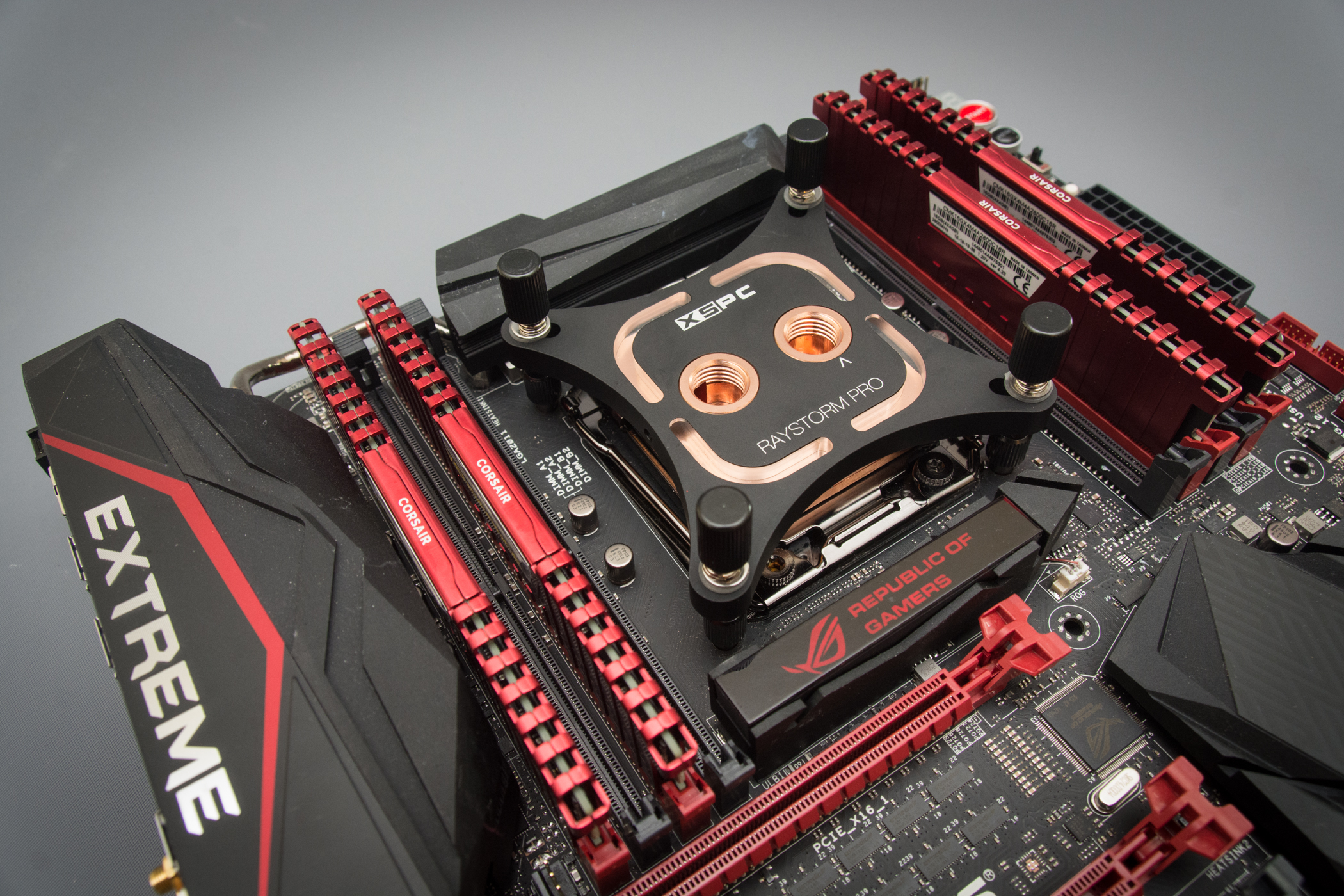
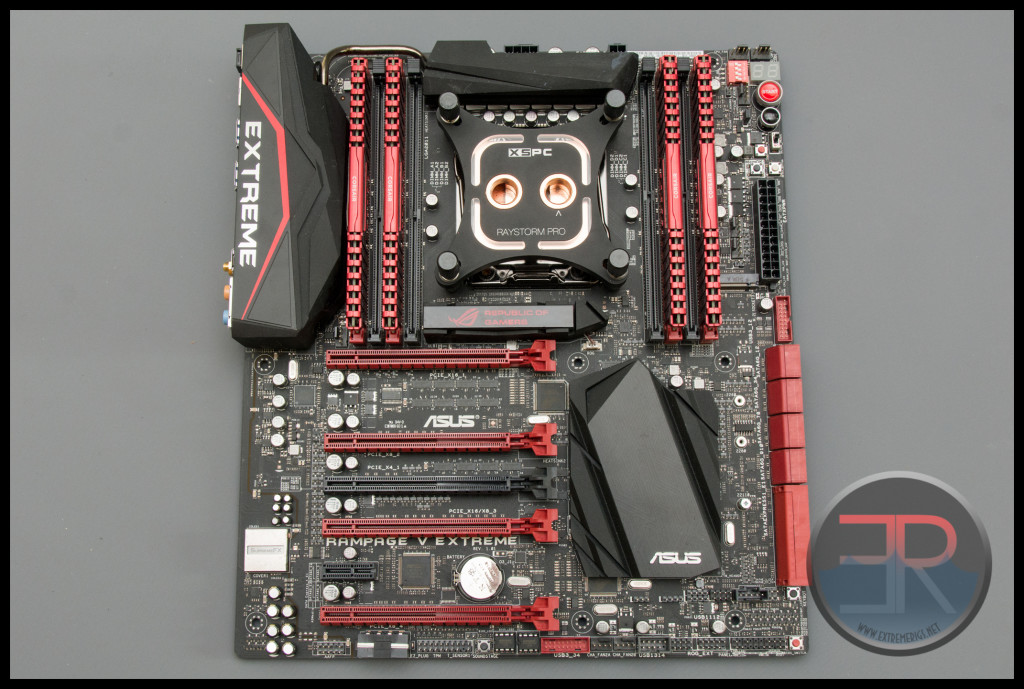
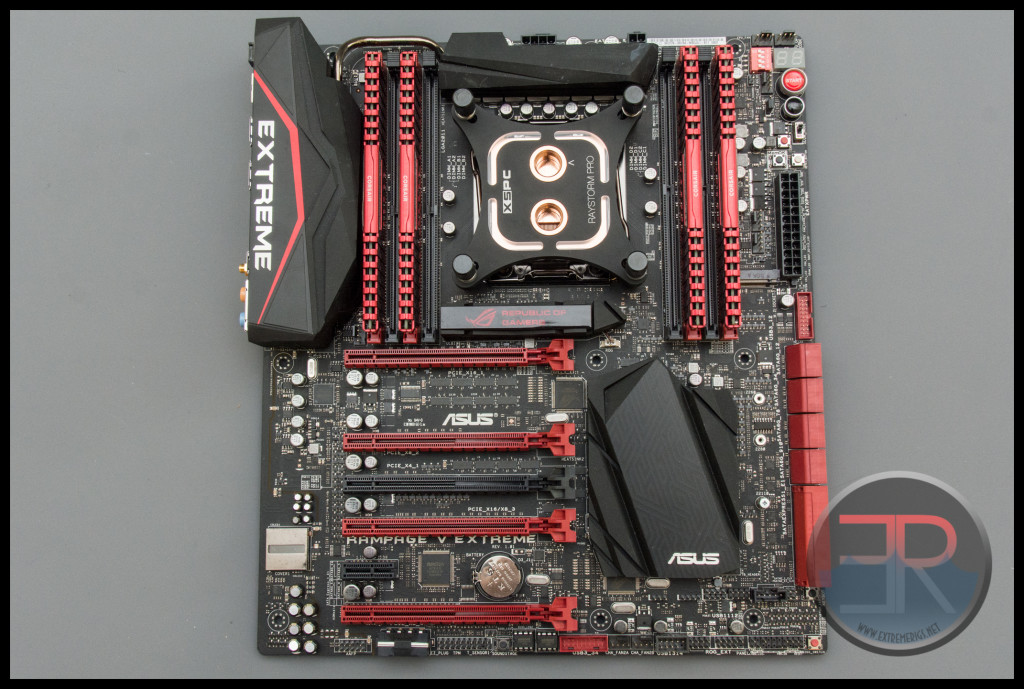
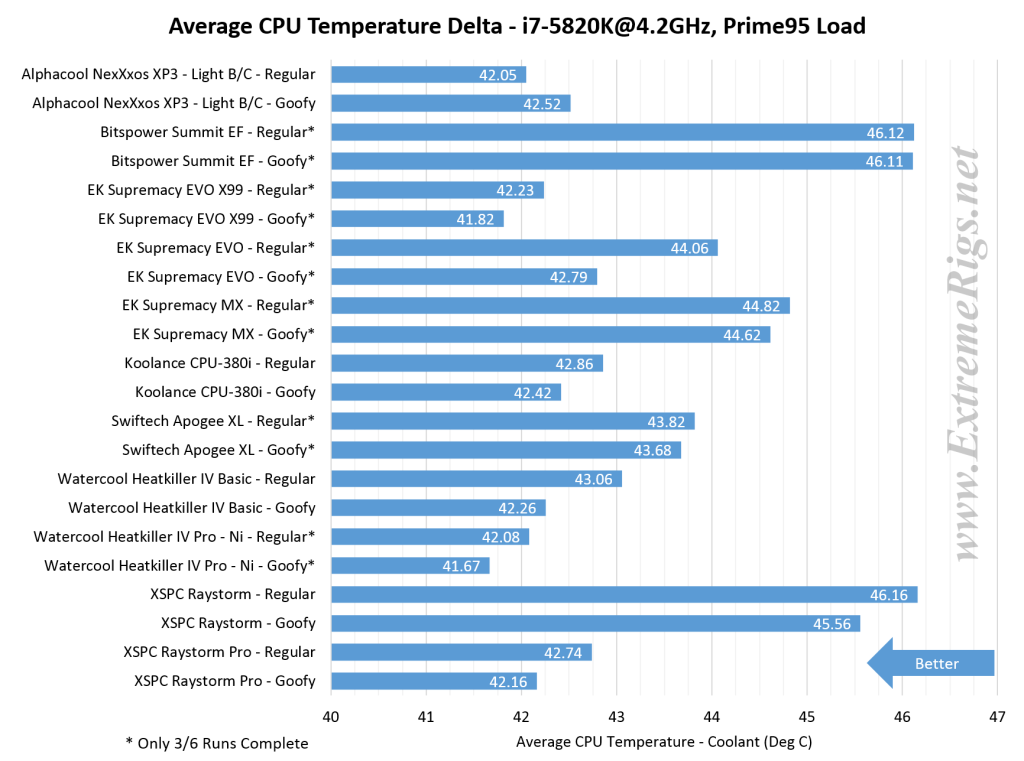
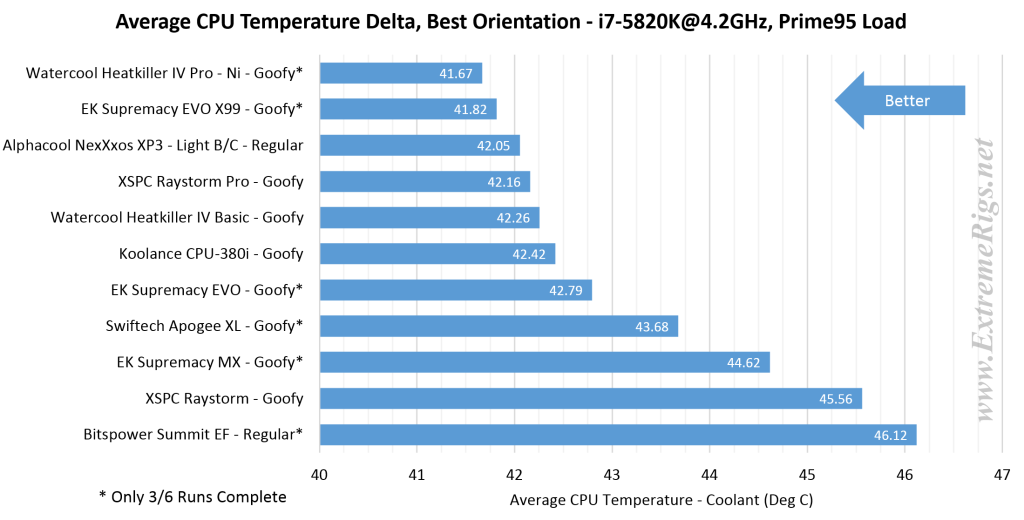
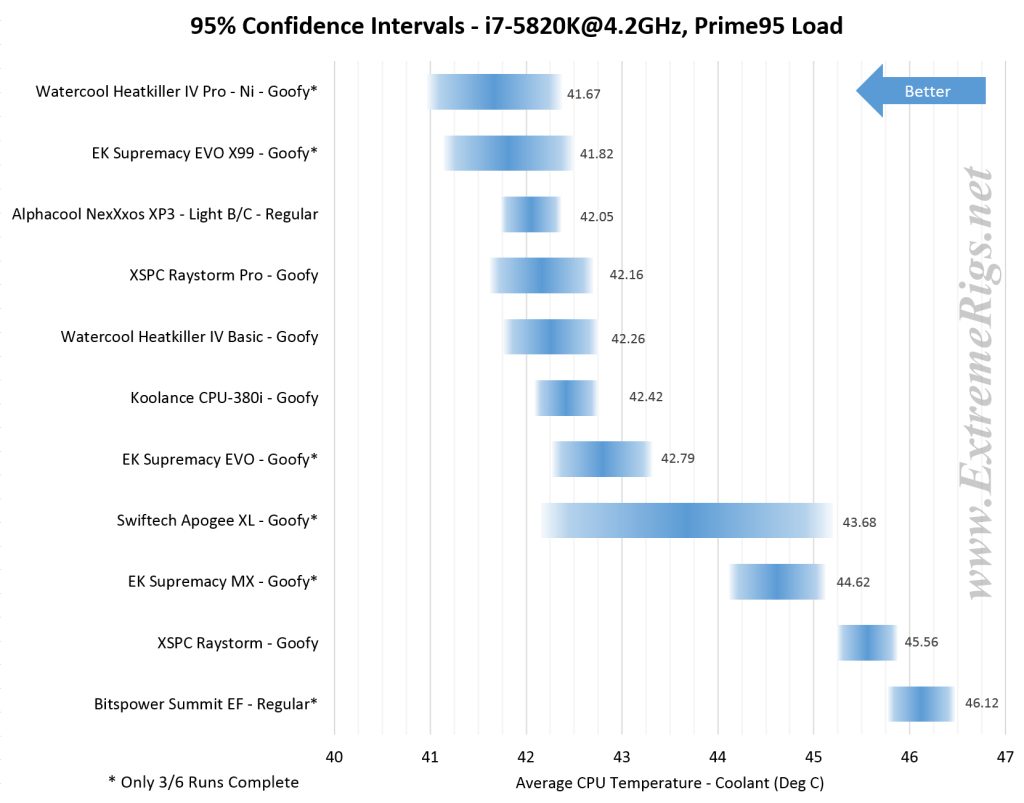
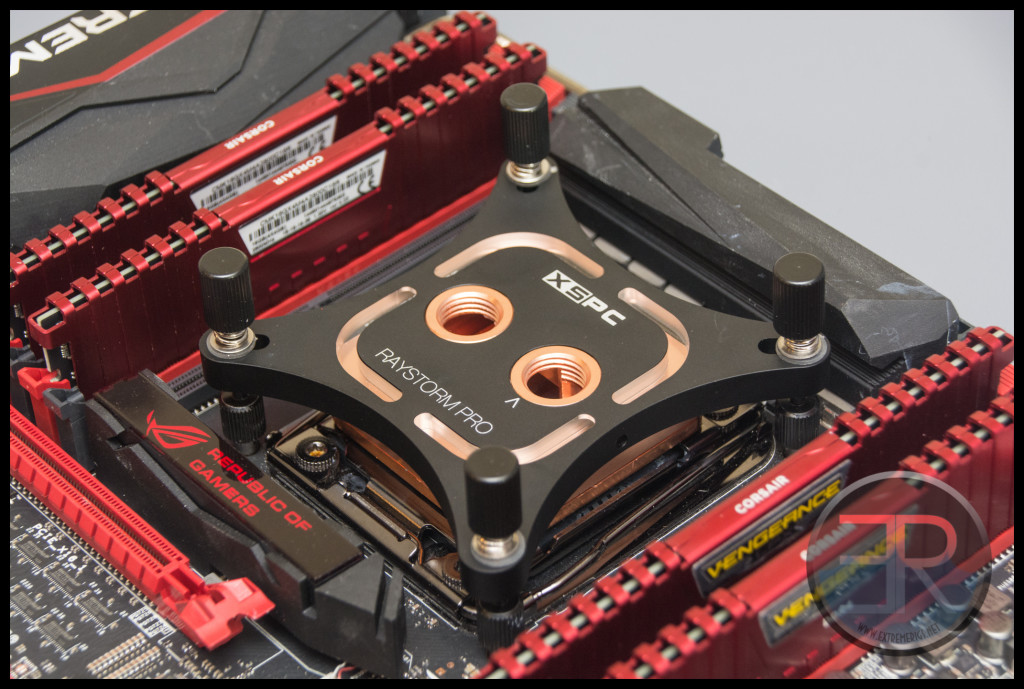
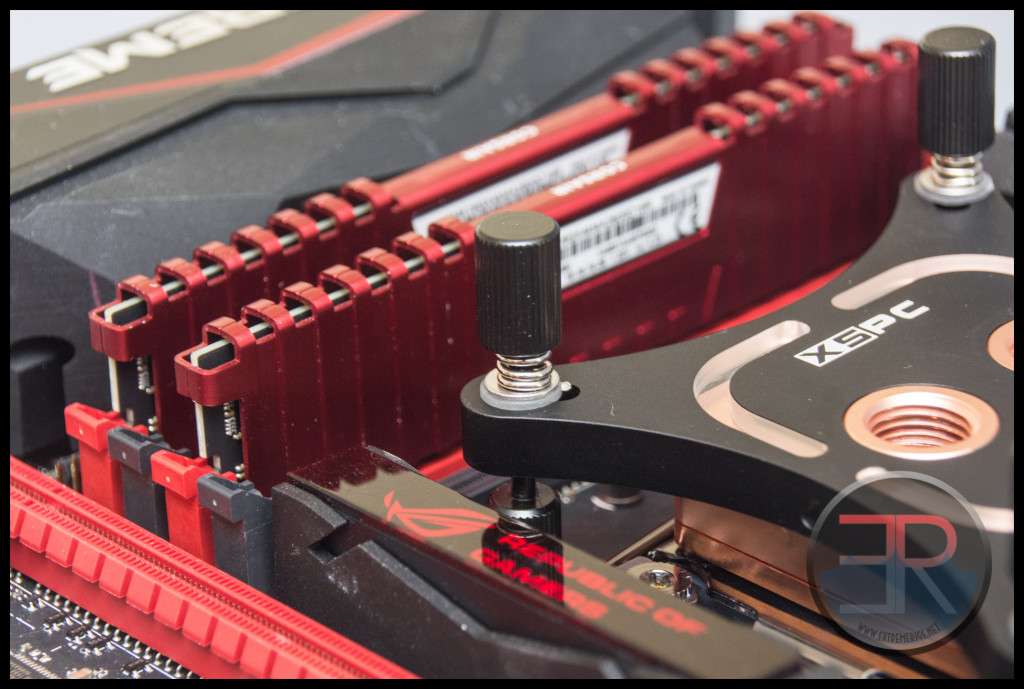




Hi,
first, thanks for the great review and tests you made. I´ve got one question because i dont understand really what to do.
What you mean with regular and goofy? The Innerplate (silver) turning? Or do you mean the whole CPU cooler turn about 90 degrees?
Hope you could help me.
Regards Chris
Hi Chris – normally I mean the entire block rotating 90 degrees. In the case of XSPC the outer aluminum bracket orientation doesn’t matter. So yes if you want you can just rotate the inner copper block where all the cooling is done. It’s all about lining up the microchannels of the block and the bow of the block in the best possible way with the CPU.
So it’s a microchannel… will this mean that we’re restricted in some way on where the I/O tubings will end up at?
Not sure exactly what you mean. The micro channels and jetplate in the block are fairly typical for any modern cpu block, as are the port locations?
So goofy is better with this block on x99?
Thanks
Comments are closed.